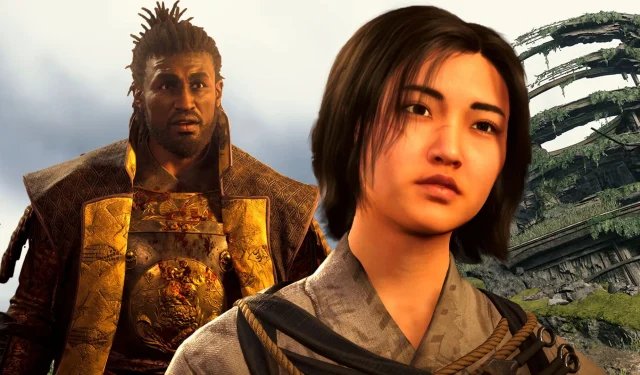Exploring the landscapes of central Japan in Assassin’s Creed Shadows has brought me immense joy, though there are notable frustrations that come along with it. Open-world experiences in Ubisoft titles often pale in comparison to the immersive exploration found in games like Breath of the Wild or Elden Ring. In Shadows, straying from the main pathways rarely yields meaningful rewards, and while the beautiful scenery often makes up for this shortcoming, I sometimes found the repetitive nature of climbing over bushy hills in pursuit of objectives disheartening.
One commendable aspect of Assassin’s Creed Shadows is its commitment to showcasing a version of feudal Japan that prioritizes an authentic representation of nature over constant thrills. The environments are the primary draw for me in the Assassin’s Creed series, allowing for a tranquil experience as I leisurely ride a horse along picturesque riverside trails. However, there’s potential for more engagement during these lengthy travels. My recent replay of Death Stranding highlighted how exploration can be more multifaceted and rewarding.
The Distinctive Traversal Mechanics of Death Stranding
Exploration Beyond Mere Movement
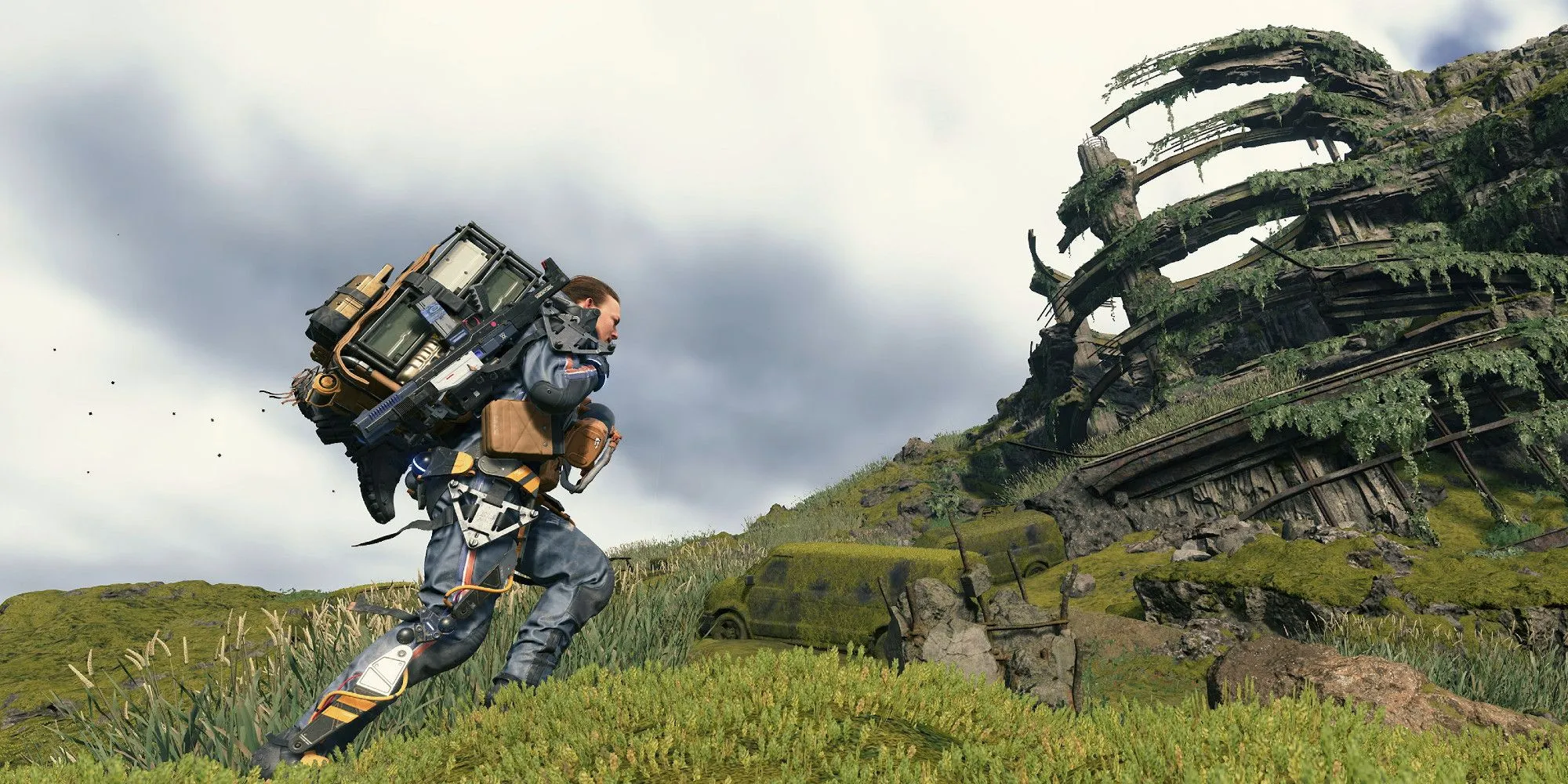
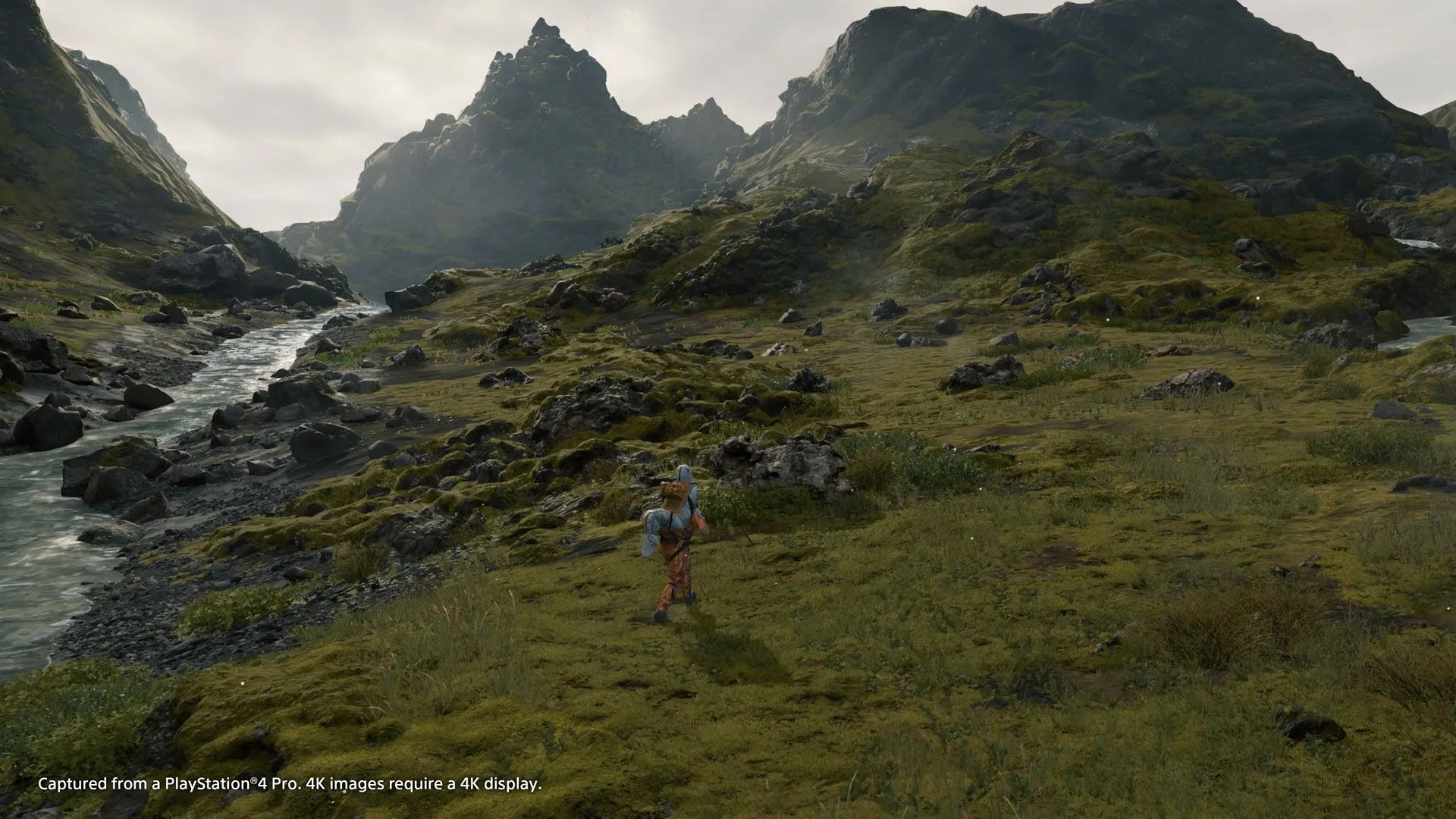
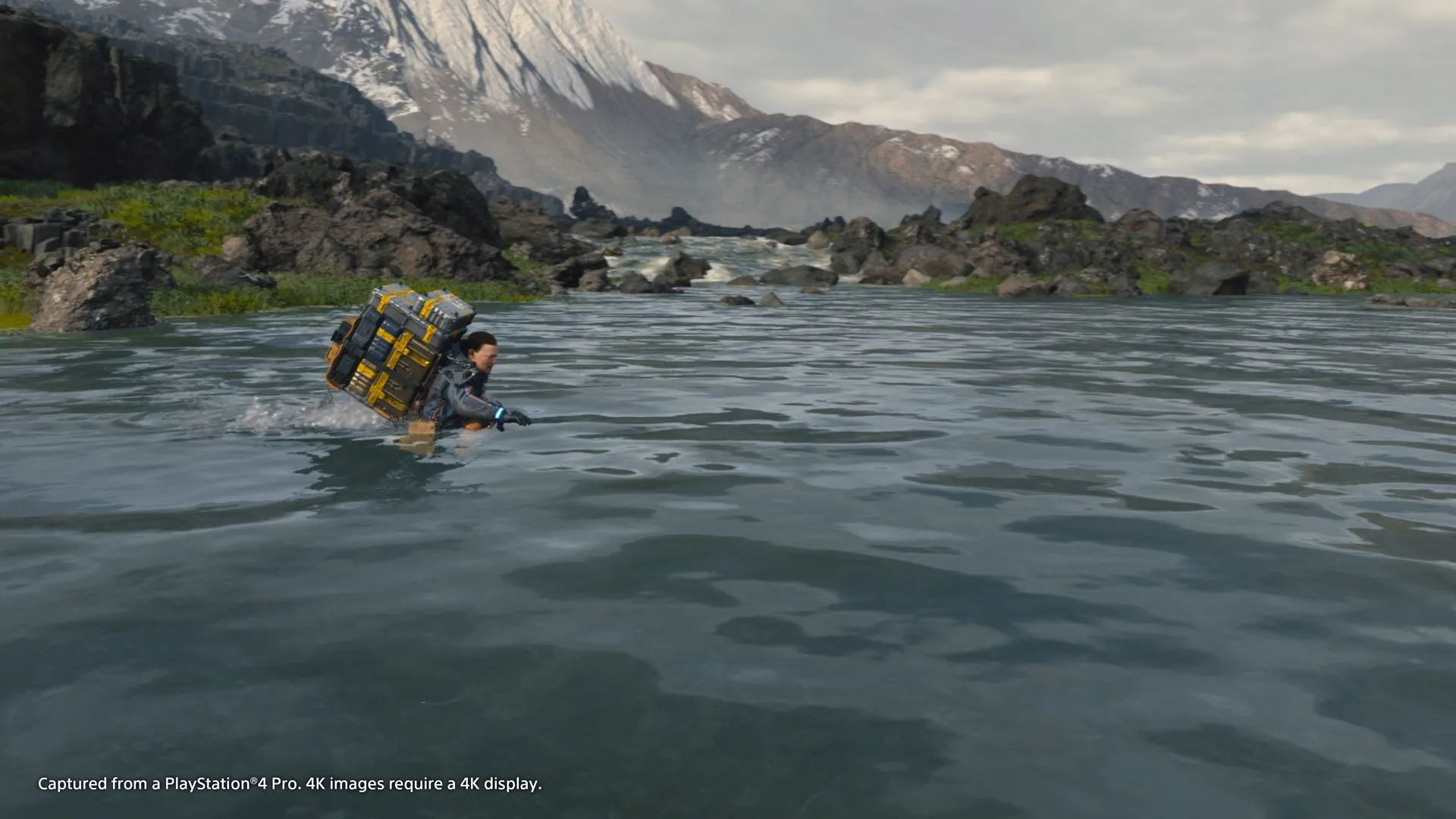
It’s essential to note that I do not expect Assassin’s Creed to incorporate the intricate traversal mechanics that define Death Stranding. The core objective of navigating from point A to point B is central to Death Stranding’s experience, while parkour elements merely serve as a supplementary feature in Assassin’s Creed’s gameplay cycle. Therefore, it is understandable why Shadows does not emphasize terrain interaction to the same degree. However, the ability to find natural footholds in rock formations is commendable and exceeds what many games offer.
Yet, my revisit to Death Stranding has sparked a desire for games like Shadows to draw inspiration from its mechanics. In Death Stranding, players manage the challenge of balancing loads while traversing rugged landscapes. Each river, slope, and chasm transforms into a significant obstacle, enhanced by a diverse array of tools such as climbing pitons, ladders, exoskeletons, and floating platforms.
Even stripped of his cargo, Sam Bridges interacts with his environment in a meaningful way, a quality that feels somewhat lacking in Assassin’s Creed Shadows. The franchise’s initial attempts to enhance exploration outside urban areas, like the parkour mechanics introduced in Assassin’s Creed 3, managed to create lively interactions with natural environments, a feature that seems to have dwindled over time. Although I understand the complexities involved in designing parkour that seamlessly integrates with natural terrain, I hope to see a resurgence of this dynamic.
On a positive note, Shadows features seasonal changes that significantly affect both stealth and the overarching environment—an impressive and unique element for the series.
Enhancing Traversal Mechanics in AC Shadows
Innovative Solutions for Environmental Challenges
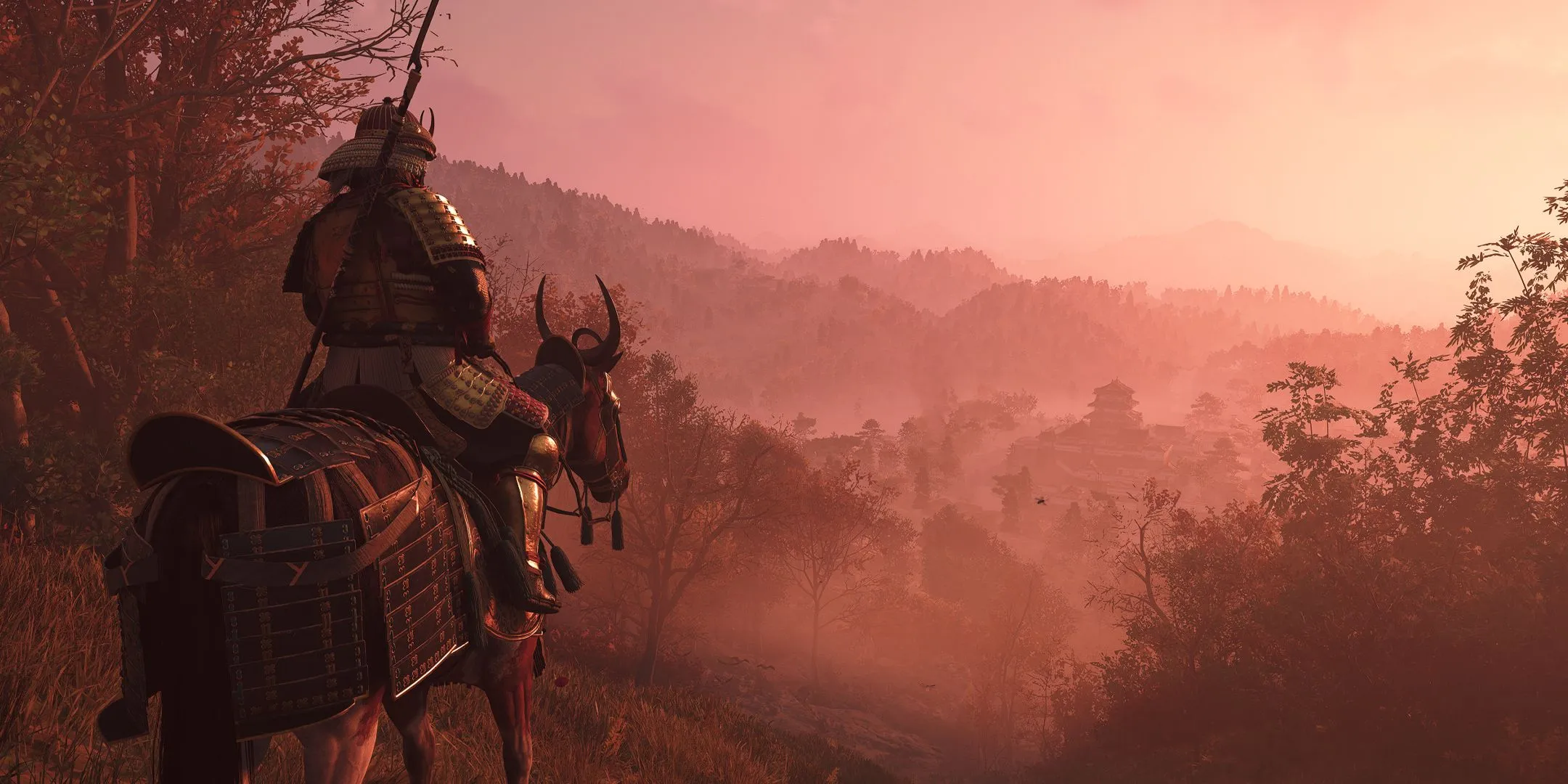
I would like to see more creative movement options to tackle the often frustrating gradient transitions from climbable slopes to vertical walls. The introduction of Naoe’s grappling hook presents a fantastic opportunity. Even if using the hook does not significantly accelerate movement, it would enrich the gameplay experience to swing between trees using the hook akin to a piton.
While I appreciate that Naoe and Yasuke can slide down steep inclines, it doesn’t equal the exhilarating dynamics found in Breath of the Wild or the movement mechanics seen in Death Stranding. For example, when running downhill in Death Stranding, Sam can gain momentum that risks tumbling or falling when reaching level ground—a risk I am all too familiar with from childhood mishaps.
Although Naoe may not encounter the same clumsiness that could lead to facial plant, it exemplifies how to make Yasuke’s explorations more engaging without slowing down gameplay. Incorporating elements where Yasuke might gain speed but risk losing balance on steep declines could lead to entertaining outcomes, especially given the game’s focus on environmental interactions.
The Common Shortcomings of Open-World Mountain Design
A Shared Struggle Among Open-World Titles
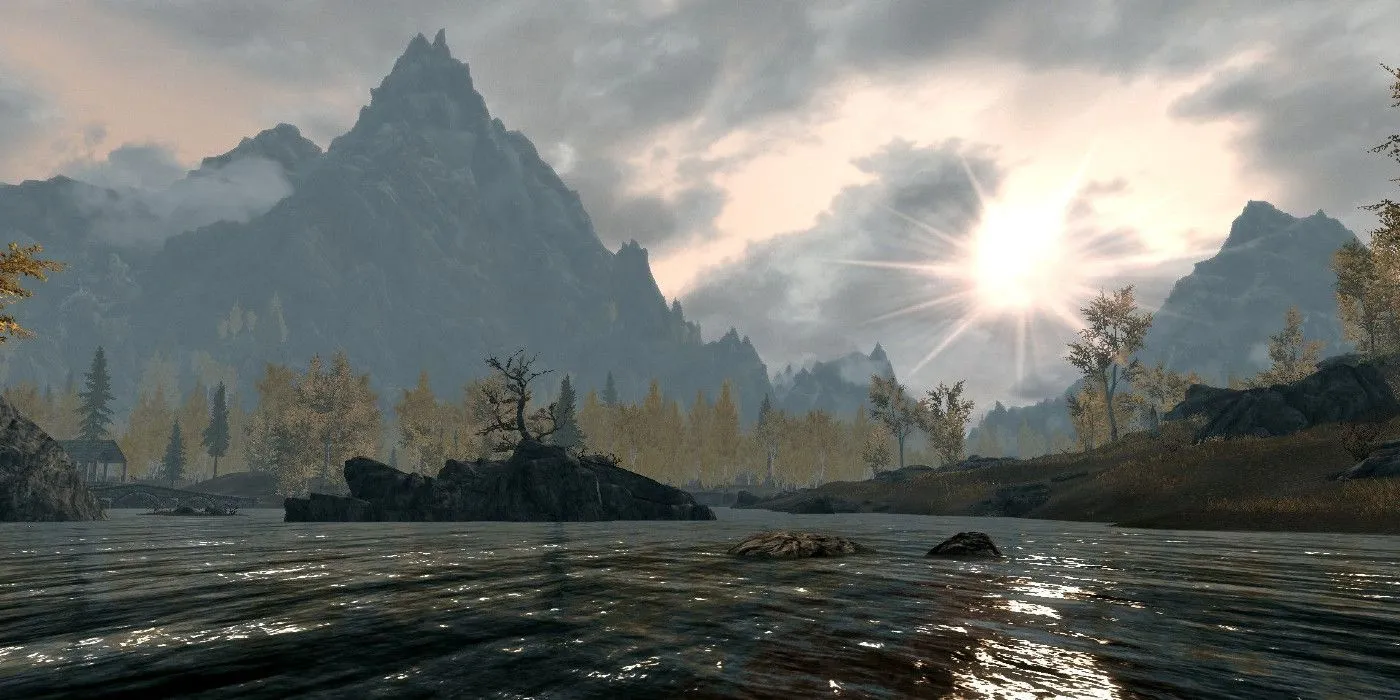
Ultimately, my critique extends beyond Assassin’s Creed Shadows alone; it reflects a broader trend observed in many games where mountainous terrain often serves as an uninspired barrier. This phenomenon highlights the iconic yet often misquoted assertion by Todd Howard that “you can walk all the way to the top of that mountain,”which has become synonymous with Skyrim.
Climbing mountains is inherently enticing, and when the experience devolves into merely inching along until you reach an area with a manageable slope, it can be disheartening. Sometimes, the most effective design approach involves simplifying ascents, while at other times, increasing difficulty to create genuine puzzles out of seemingly trivial obstacles can provide a richer experience. Death Stranding fully embraces the latter strategy, yet its innovative mechanics have not significantly influenced other prominent titles.
While the monotony of navigating steep slopes in Assassin’s Creed Shadows proves to be a minor annoyance, it accurately reflects the challenges of real-life terrain. However, after dedicating upwards of 50 or 60 hours to the game, I began to feel a growing disinterest in its uninspired approach to mountain climbing. Death Stranding may not offer straightforward answers, but its stark contrast to Assassin’s Creed Shadows revitalizes my enthusiasm for exploring challenging environments.
